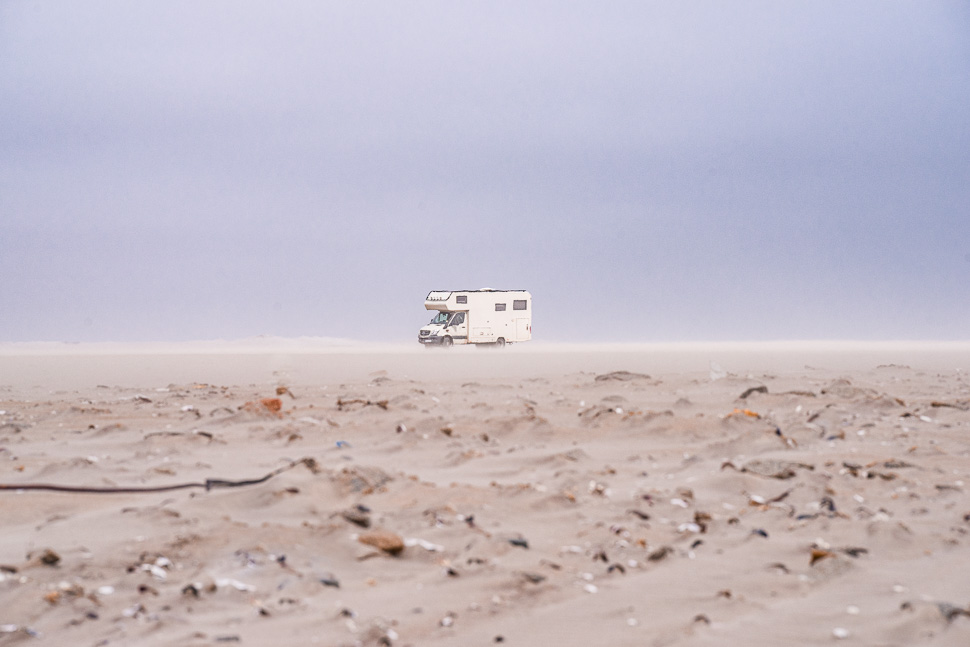
We had decided to drive up the coast into the Skeleton National Park to experience the endless coastline with its changing desert landscape and of course to look out for some shipwrecks.
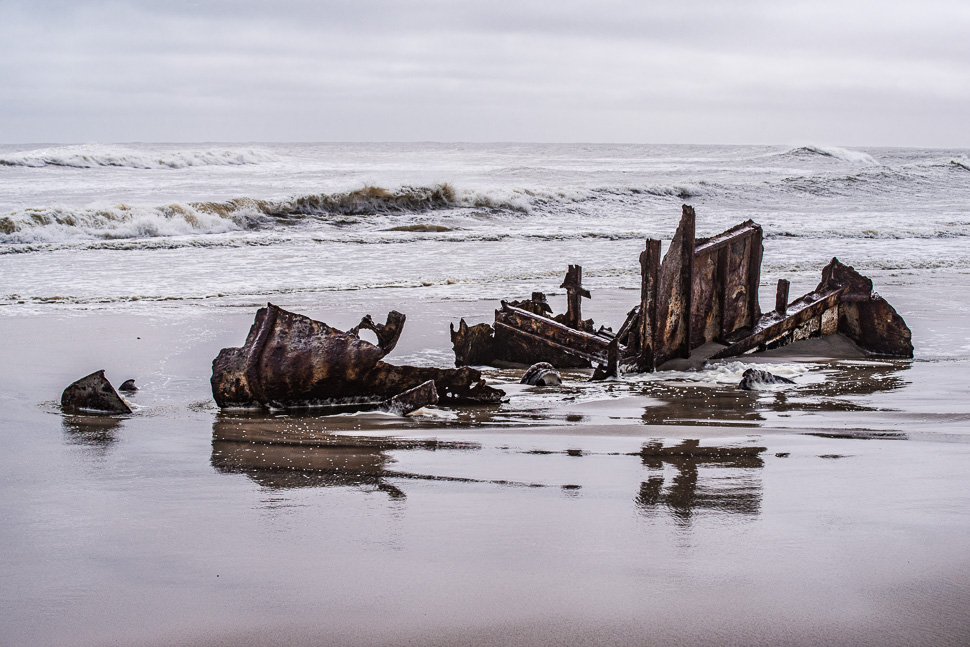
The 160 ton fishing vessel called “Winston” ran aground a reef just off the coast during the foggy night of October 17th 1970. All crew members made it to the shore. The wreck was a well known landmark since then, until in 1988 it broke into two pieces which were washed ashore. Today only large pieces of steel litter the beach. The remnants of this tragedy will one day have completely faded – like countless other ships that the Skeleton Coast has claimed.
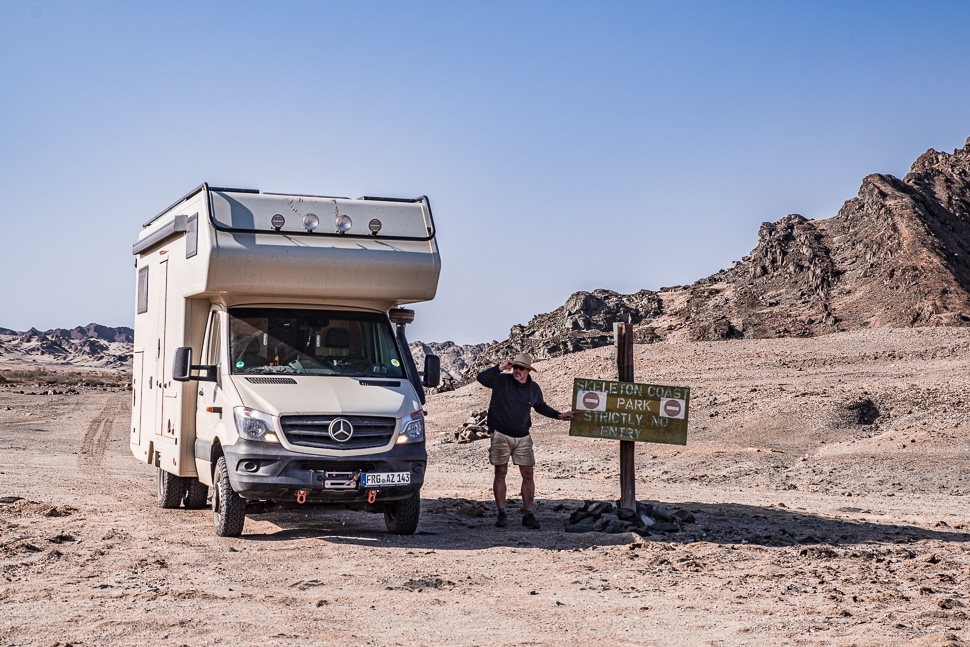
Before we entered at the gate, we did a little detour along the Ugab River to spend the night there, before we started our transit through the National Park. (You have to enter before 3pm for a transit to the other gate, which is free. As there is no place to stay overnight, this was the only option.)
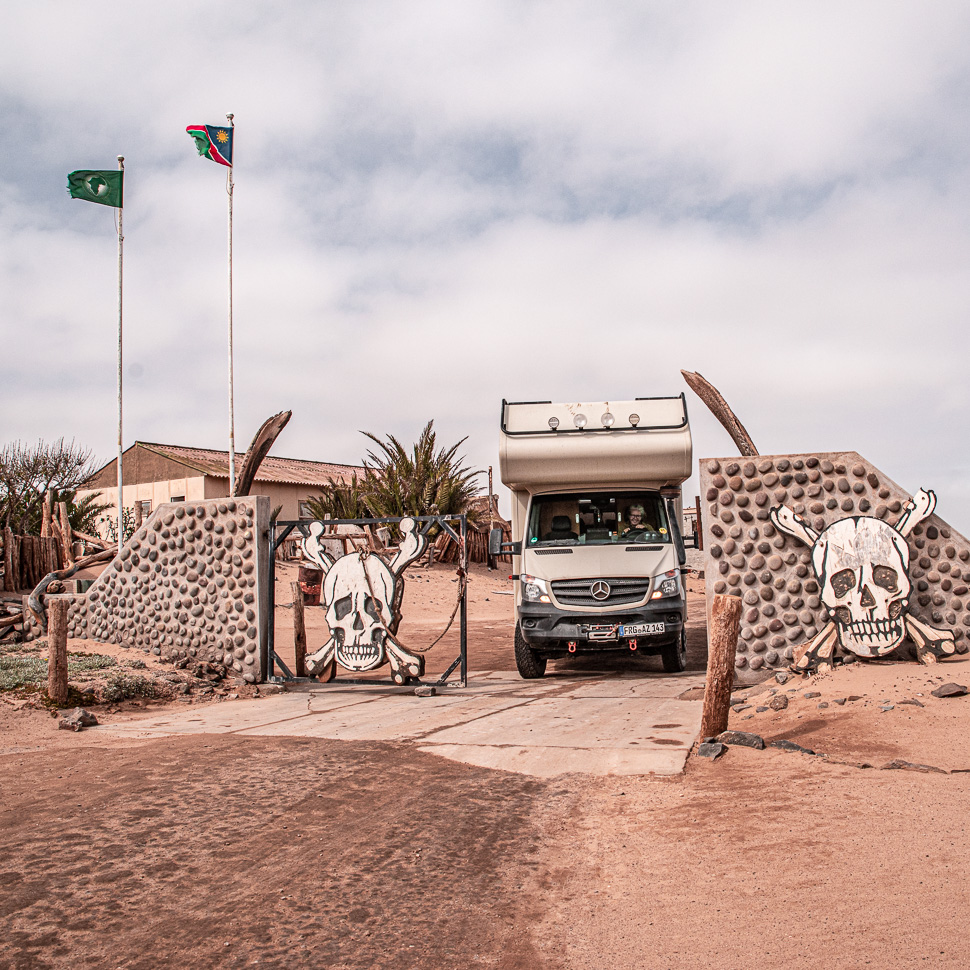
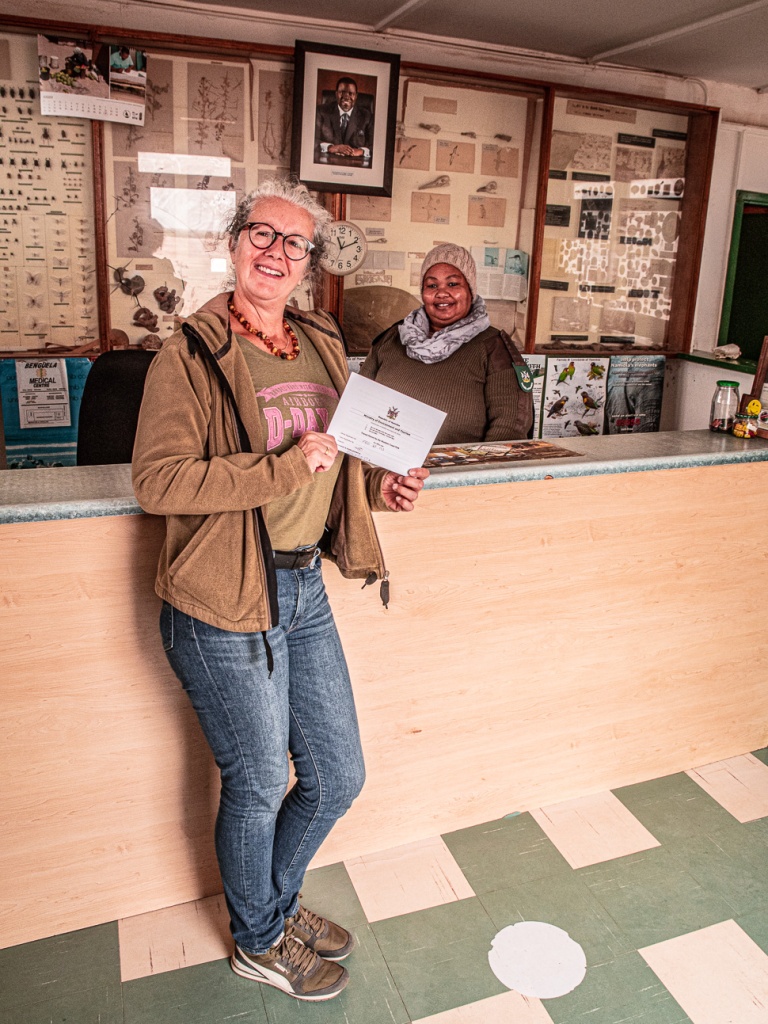
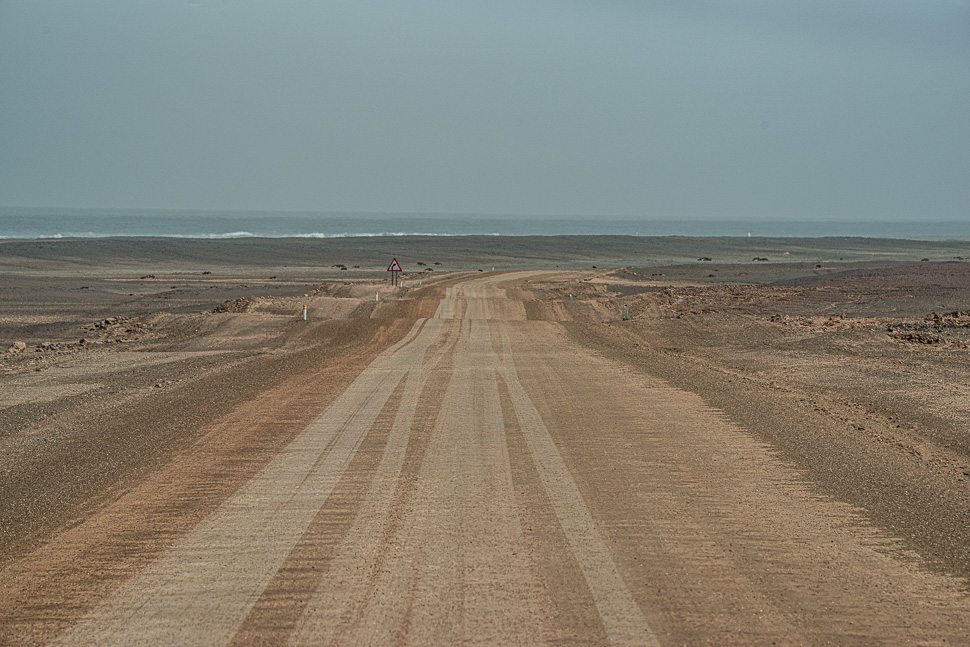
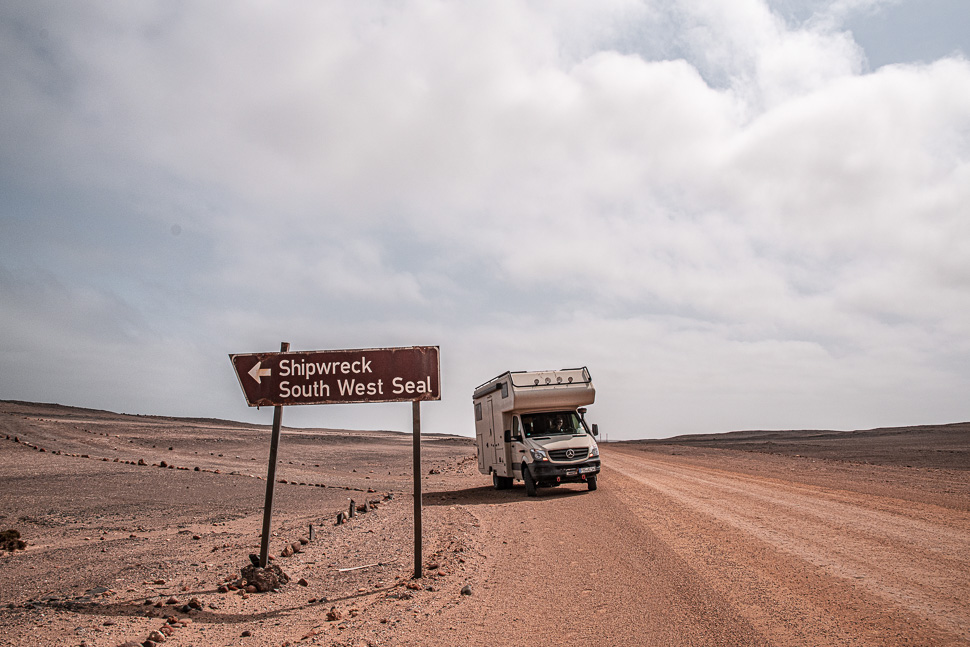
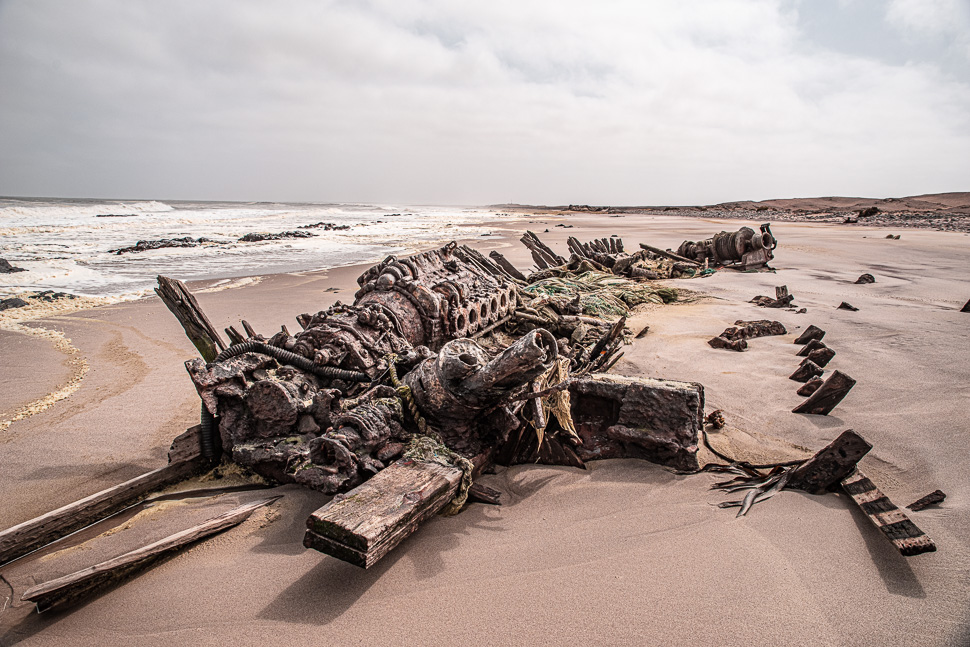
The Skeleton Coast is not only littered with the carcasses of different kinds of animals like wales and seals, but also of hundreds of ships that met their demise on the sandy shores. The typical foggy conditions along the coast and the heavy sea caused most of the ship wrecks.
In 1976, the “South West Seal”, a 90 ton South African fishing vessel had caught fire and then was beached here. In more than 40 years, the sea, the salt and the wind had not left very much from the big ship, but some fascinating remains for tourists.
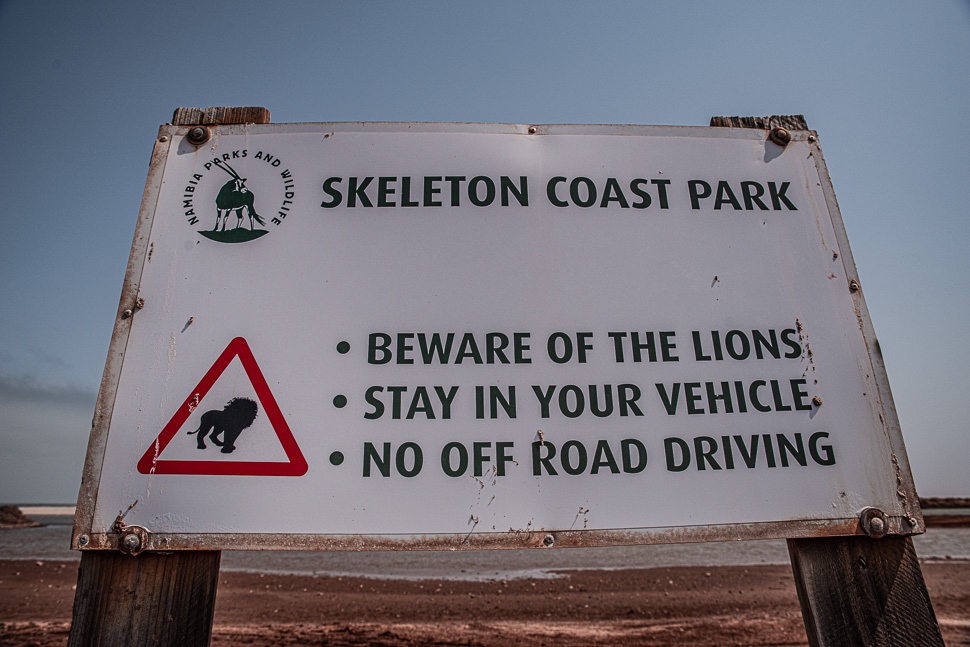
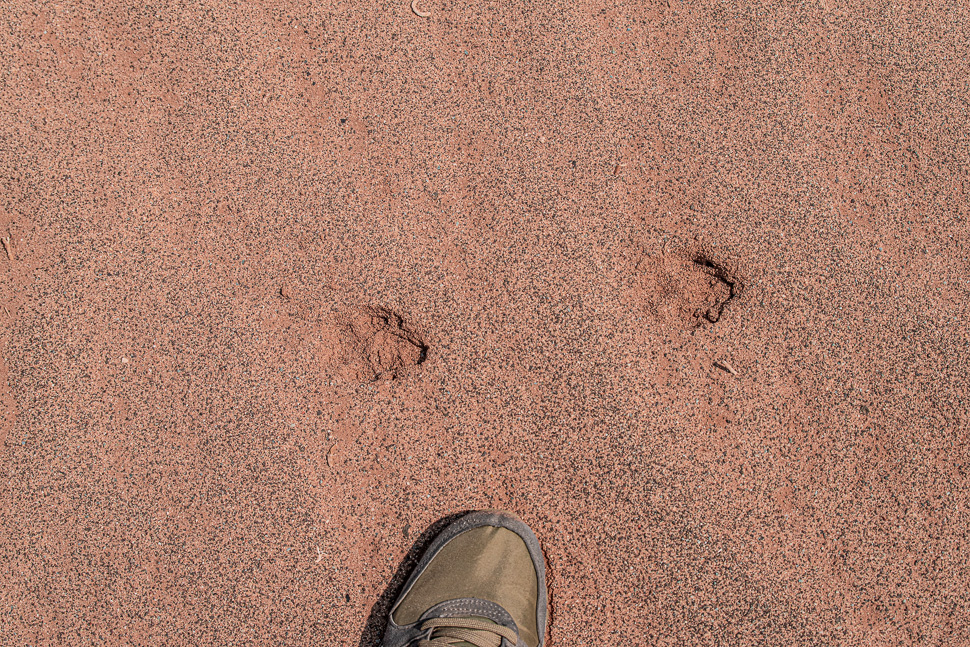
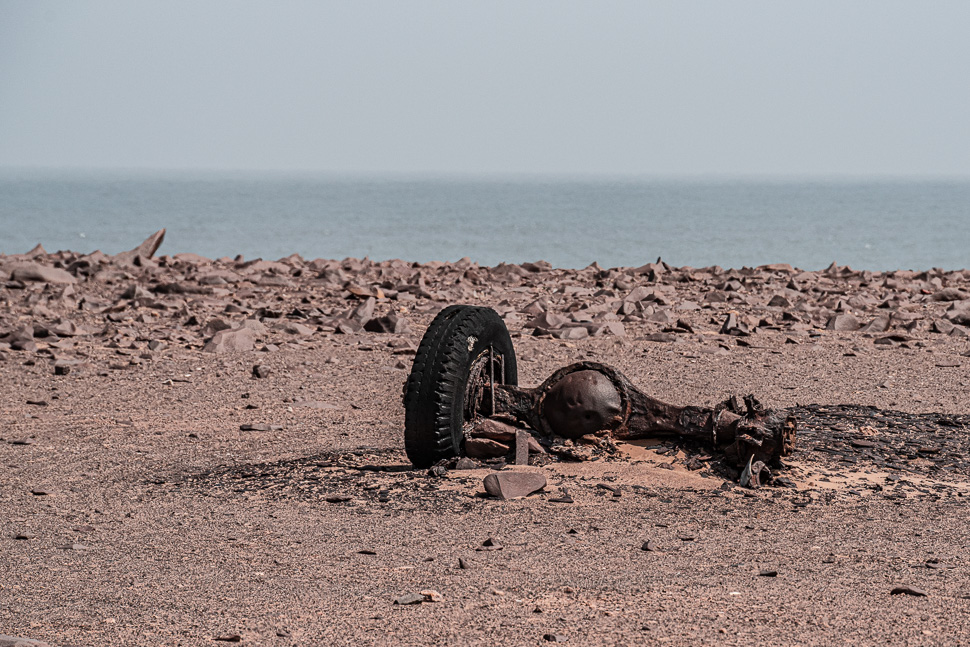
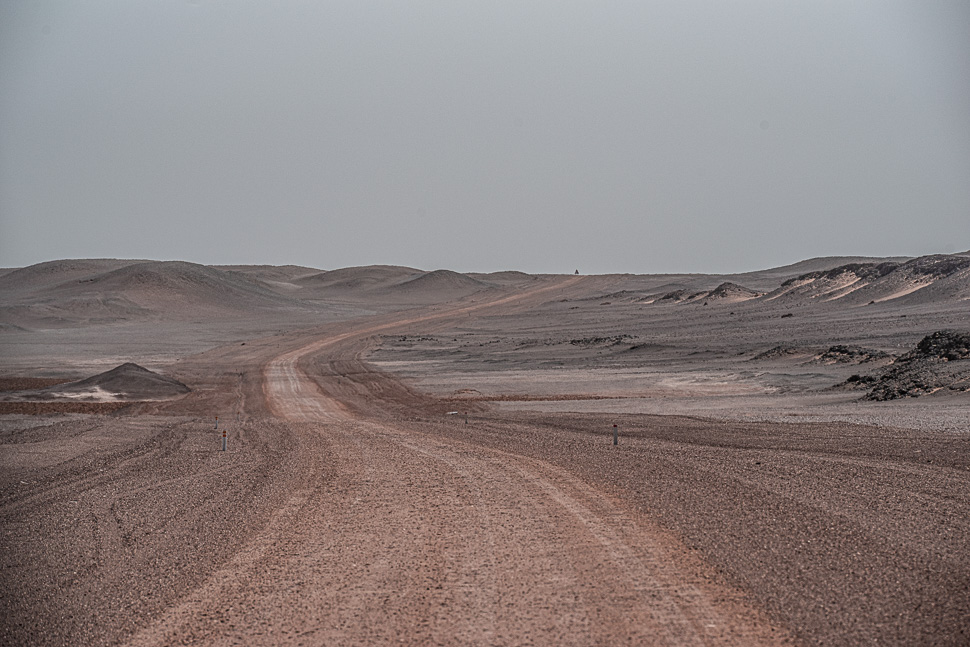
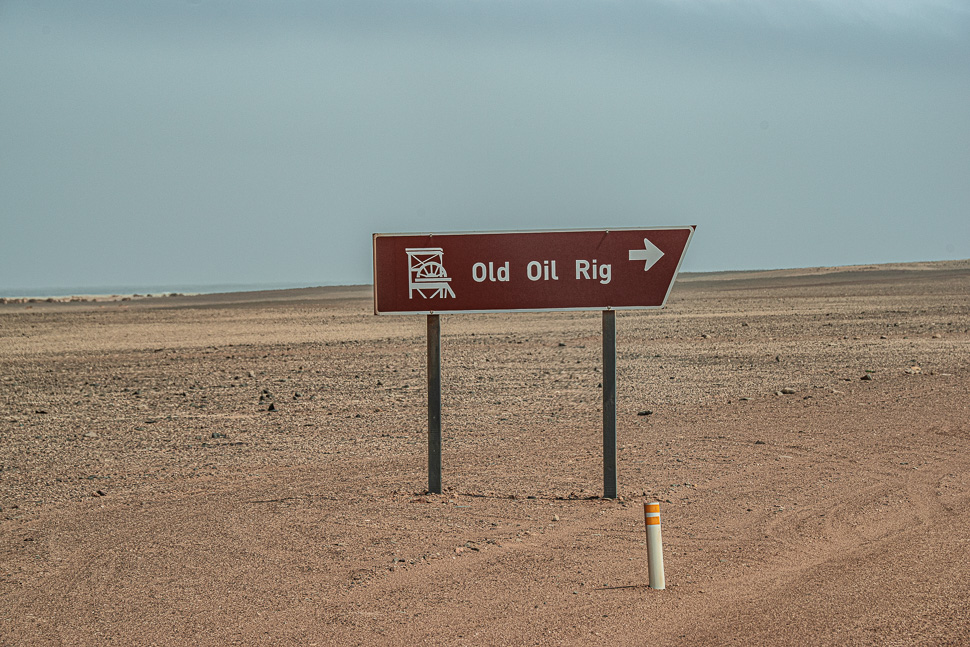
We also stopped at an abandoned oil drilling rig, that was operational in the late ’60s and early 70’s., erected by hopeful entrepreneurs, who were sure there was oil. When they reached a depth of 1700 meters, they realised that there is no oil to be found. Today, it provides a perfect nesting area for birds during the breeding season.
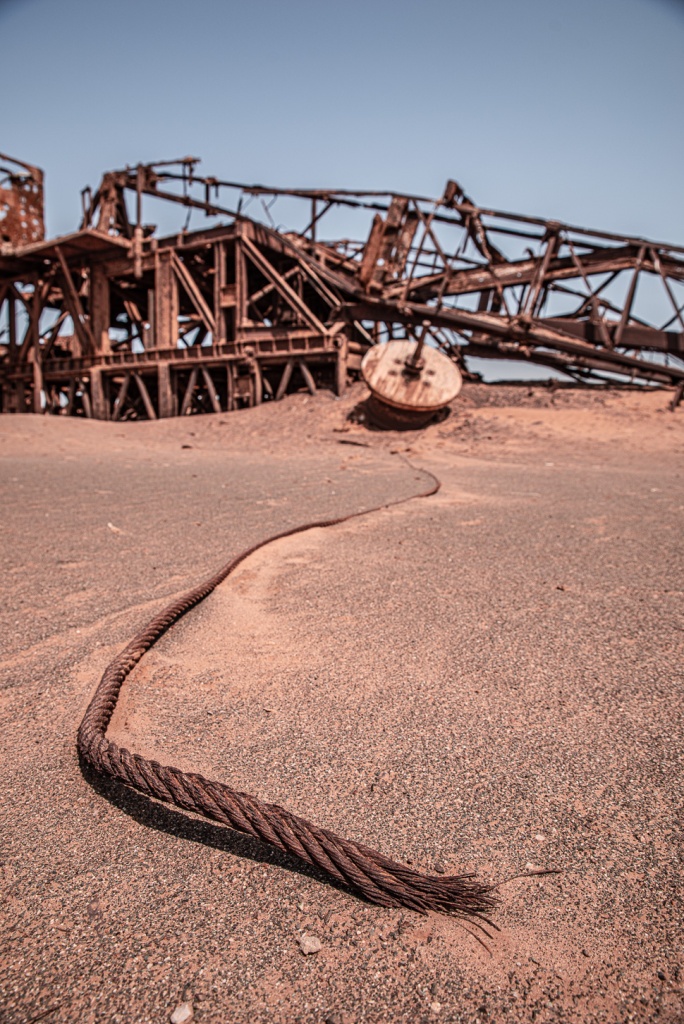
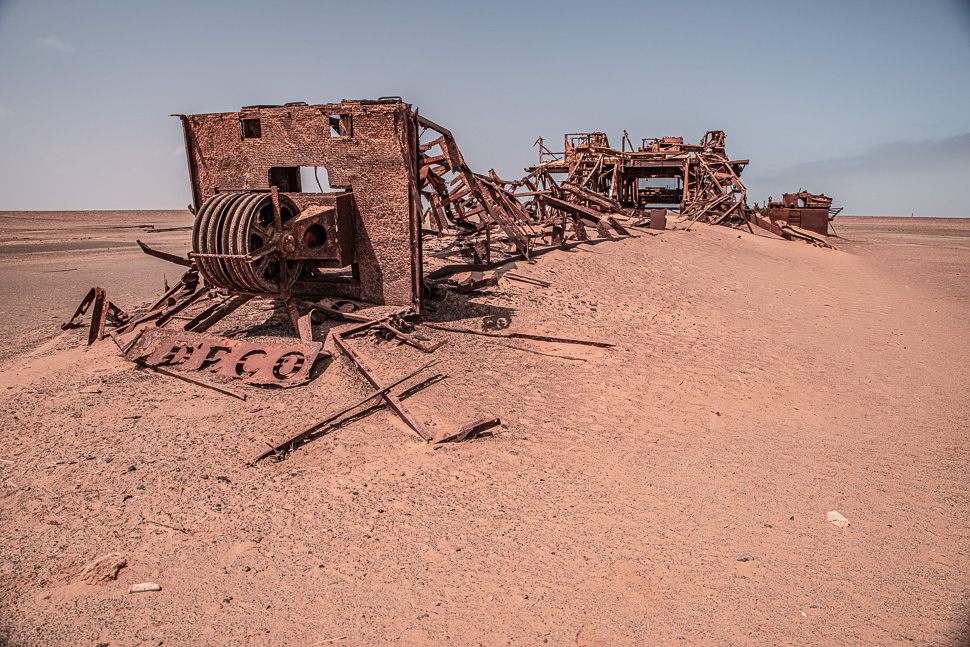
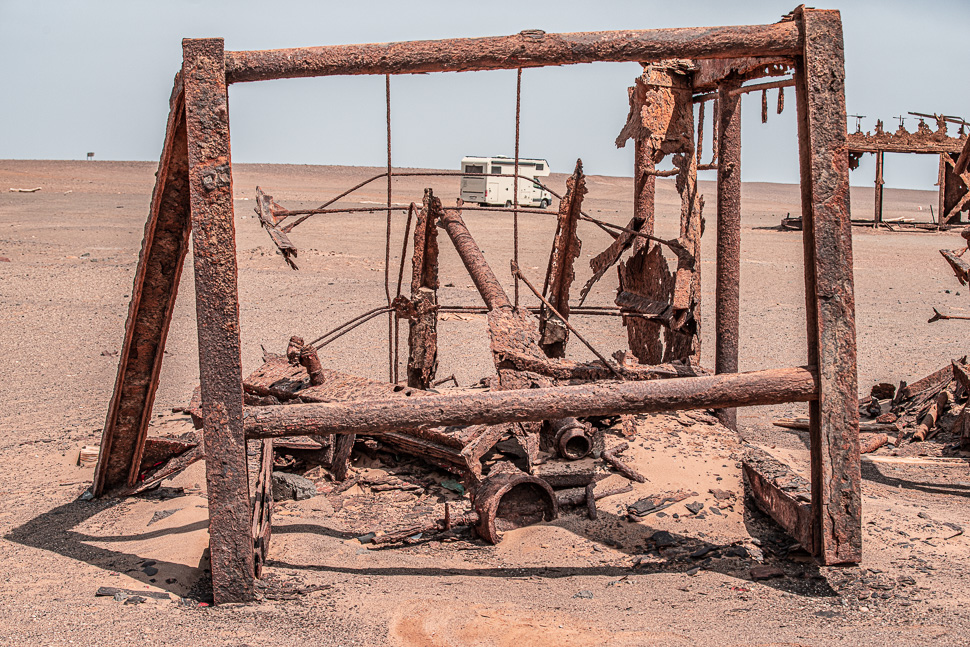
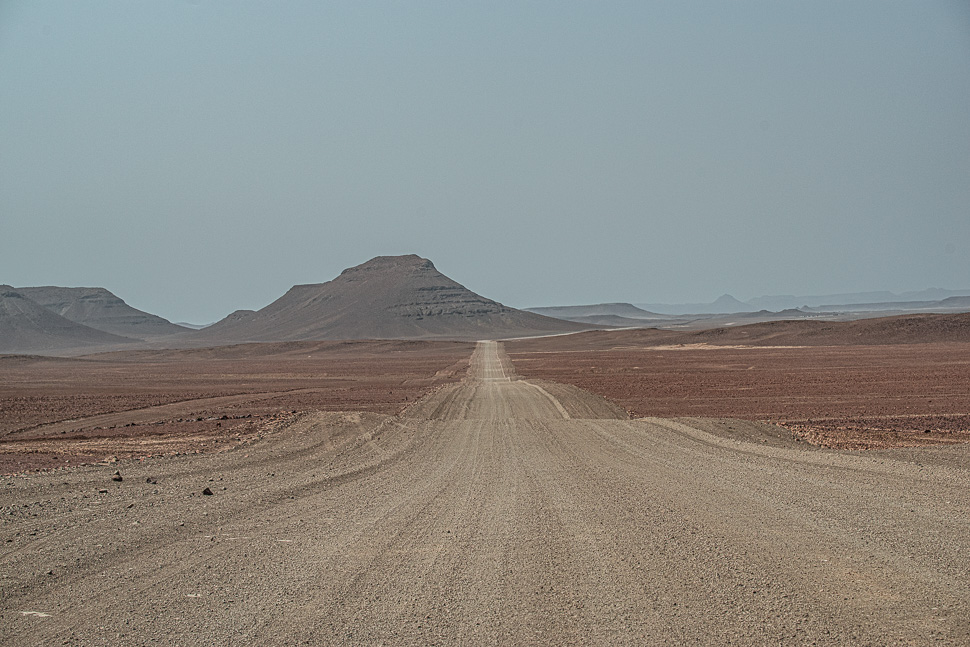
After crossing the National Park we will be inland again, going to Twyfelfontain and check out all the attractions there – more on the next post 😉
